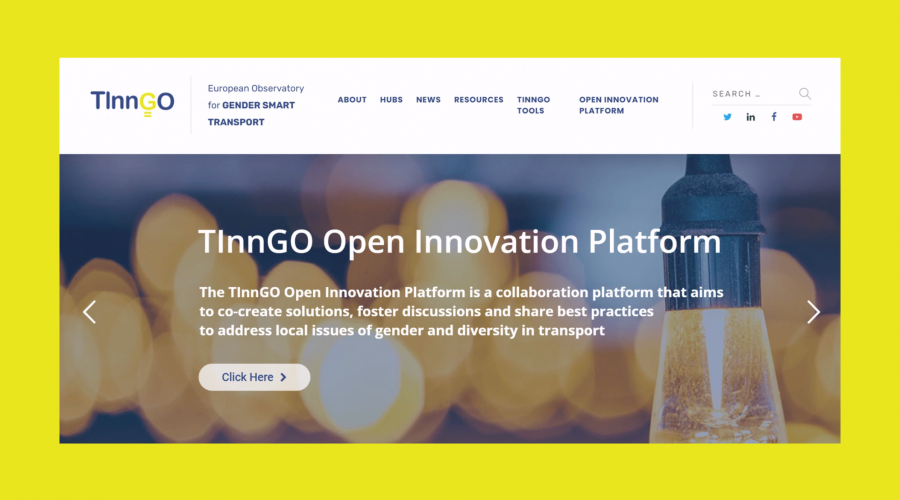A possible method for collecting and analysing data related to gender equality in transport-related institutions is based on the so-called 4R: representation, resources, realia, and realisation. It is also useful if we want to understand financing patterns and intersectionality aspects (namely, what other categories are relevant besides gender, such as e.g. age). But how can it work in practice?
Pillar 1: Representation
Questions should be asked about the target group, e.g. employees of an institution in the transport industry, or users of the transport facilities (in other words, the local population). How many people are there, how is the gender distribution, how is gender related to other intersectional categories (e.g. does the experience of older women differ from younger ones, or women of a certain ethnicity to those of other ethnicities)? Then, questions about decision-making should follow. Who makes and implements decisions? How gender-balanced are these bodies?
Pillar 2: Resources
The overarching question of this pillar is how common resources are distributed between genders. MONEY, obviously, is the first resource that comes to mind. Apart from regular salaries, one needs to examine any type of cost, from operational costs to alternative forms of direct payment, such as loans/grants.
Another main resource is TIME. One needs to ask: what is time at e.g. meetings, discussions be used for, what topics take more time, what less or none? Who is allowed to take up time (e.g. As speaker, presenter, discussant)? Who is affected by the issues that take time? Is there any gender issue related to the allocation of time?
Related to that, the flow of INFORMATION is also an important question regarding the resources. Questions to be asked are e.g. who produces information? Who receives it? How are meetings organised, who is invited? How are genders represented in that regard?
There is also SPACE to be considered. One needs to ask: how is the public arena used by different genders, how does the access of specific space work (or not)?
Finally, on the basis of time, space and information flow spent on DEVELOPMENT WORK, one needs to double check it as well. In which direction does such a development go? How does it affect genders, ages, ethnicities, etc.?
Pillar 3: Realia
Realia means the norms, conditions, ‘realities’, or with other words, the reasons behind the answers we have found for the questions above. To interpret the qualitative and quantitative data gathered around the first two Rs, a deeply reflexive and analytical approach is needed, such as an open and honest discussion about the situation. This can be combined with other tools that aim to enhance knowledge on gender equality, such as the GET or the Staircase Models.
Pillar 4: Realisation
This last pillar is dedicated to the questions of how a vision of necessary changes of the realia, to influence an improvement of representation and resources, can be implemented in practice. Here, action plans should be written and constantly reviewed: are the objectives realistic, sufficient and manageable? Measurement and evaluation should happen on the basis of various indicators.
If you want to read more on this, visit the TInnGO Data Repository!
This post is part of a series, introducing tools and methods to measure and analyse gender matters in transport. Click here to read the other parts. The series is based on this publication.





